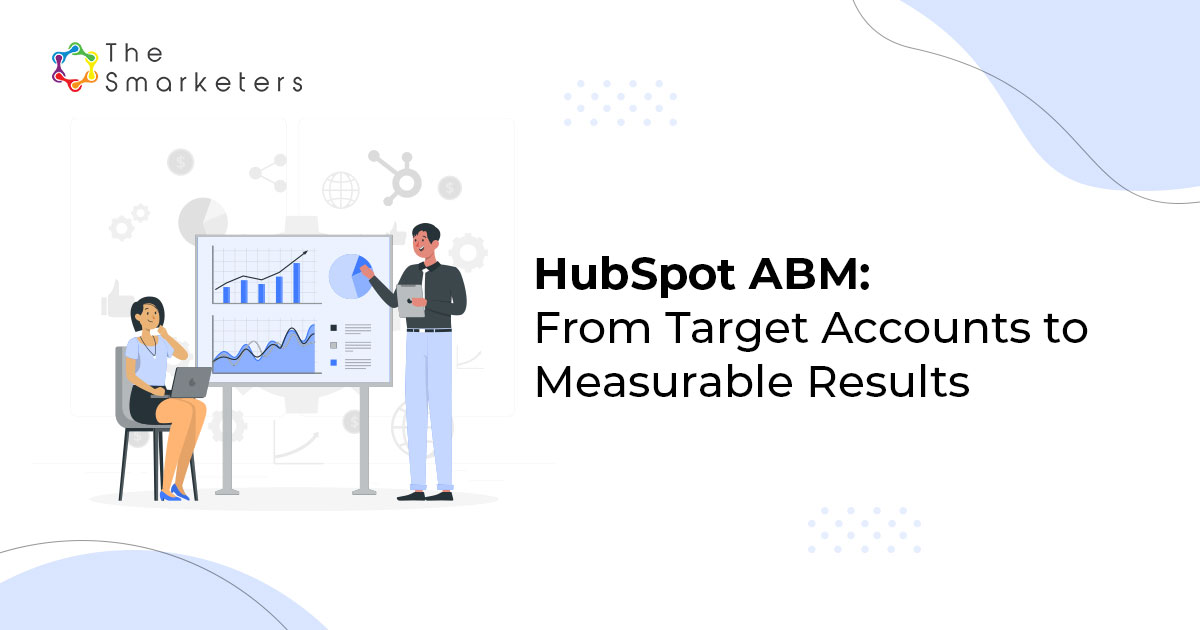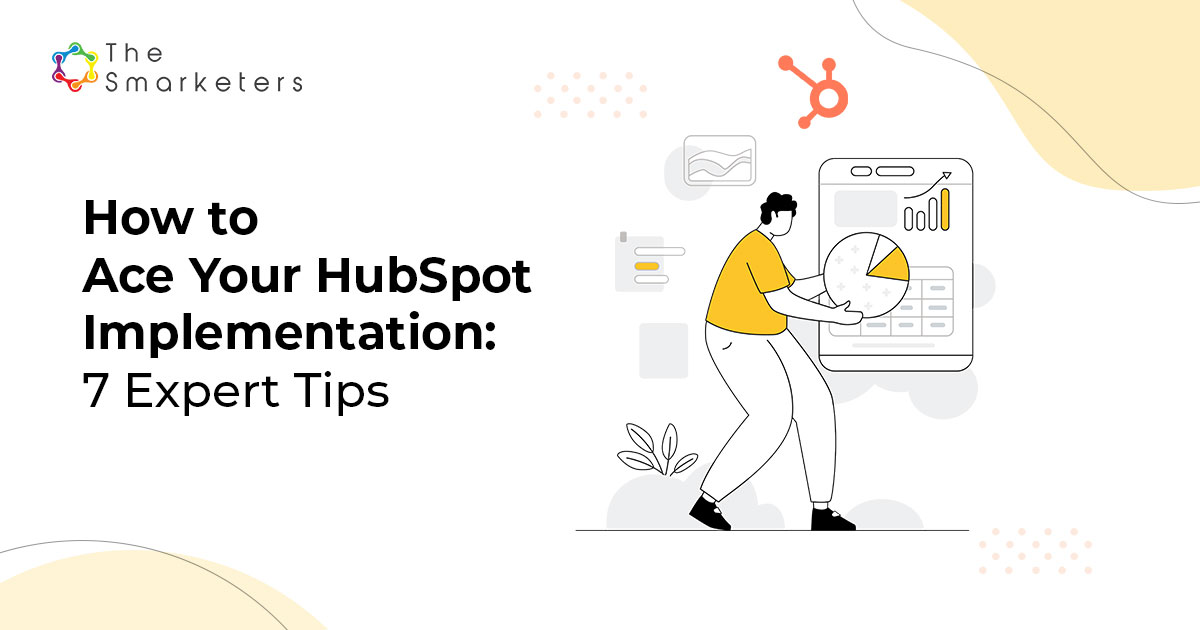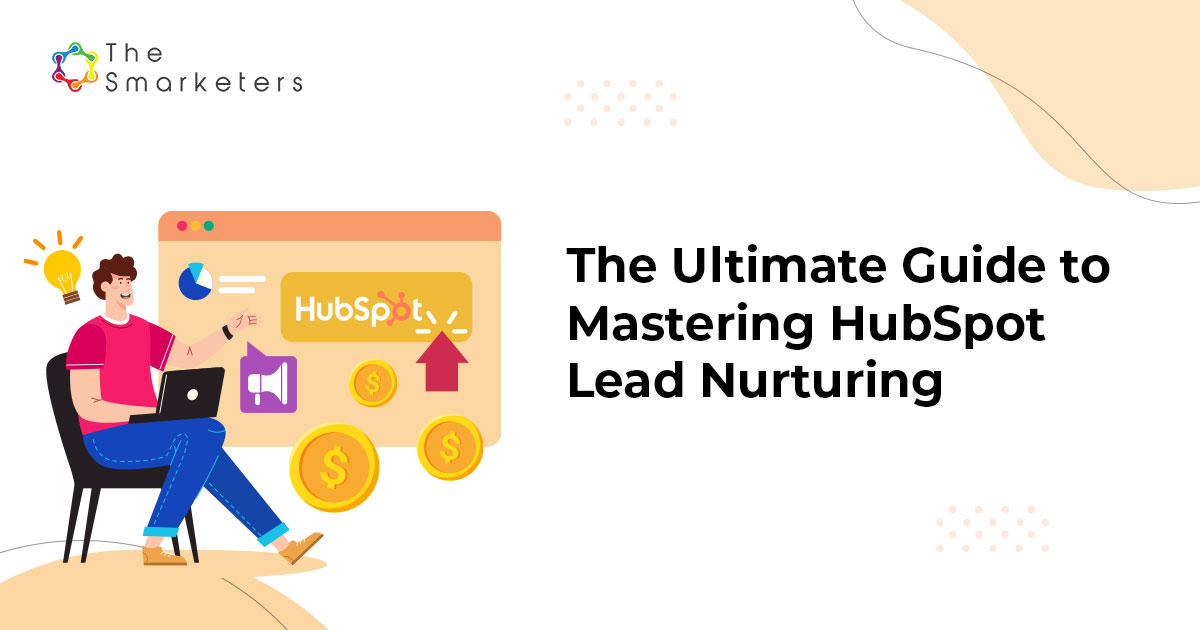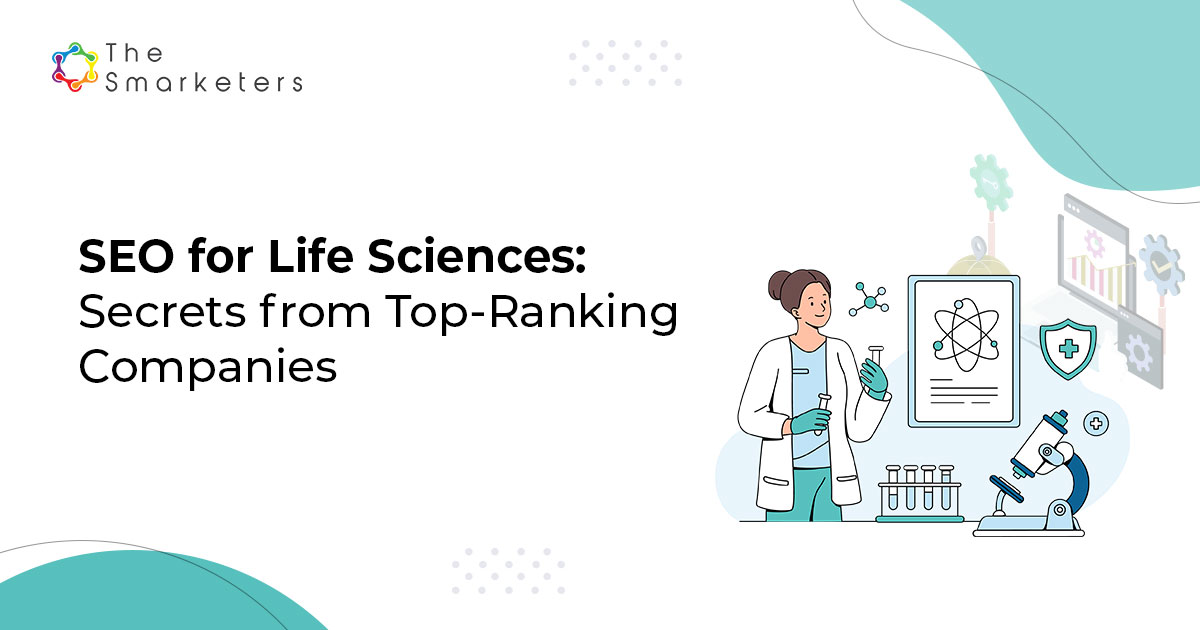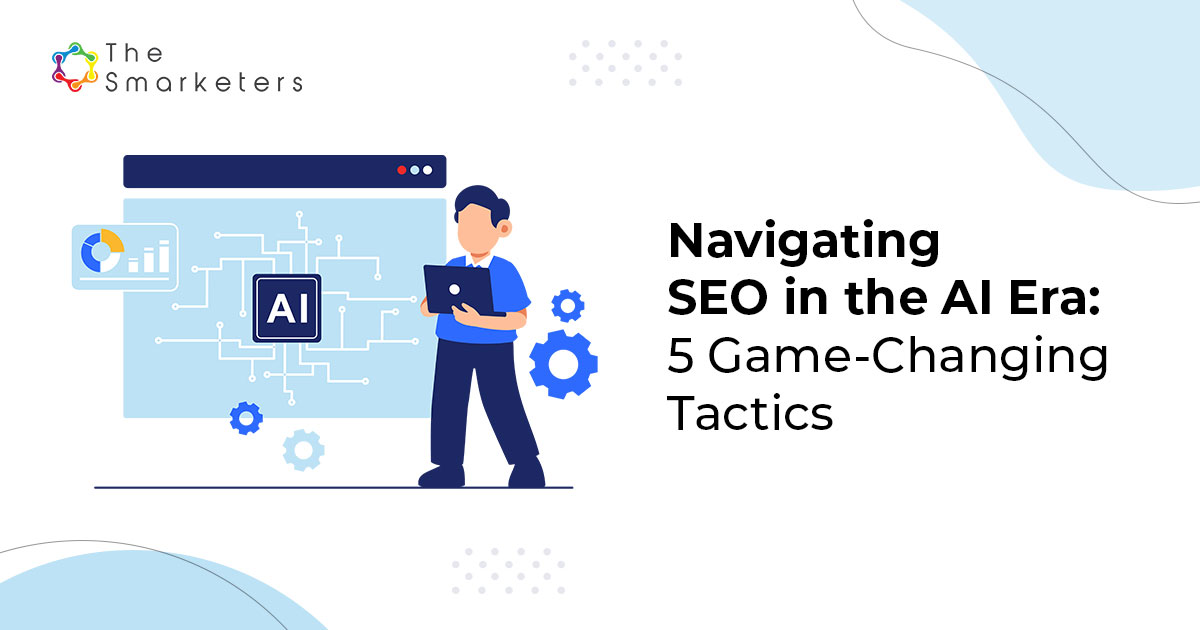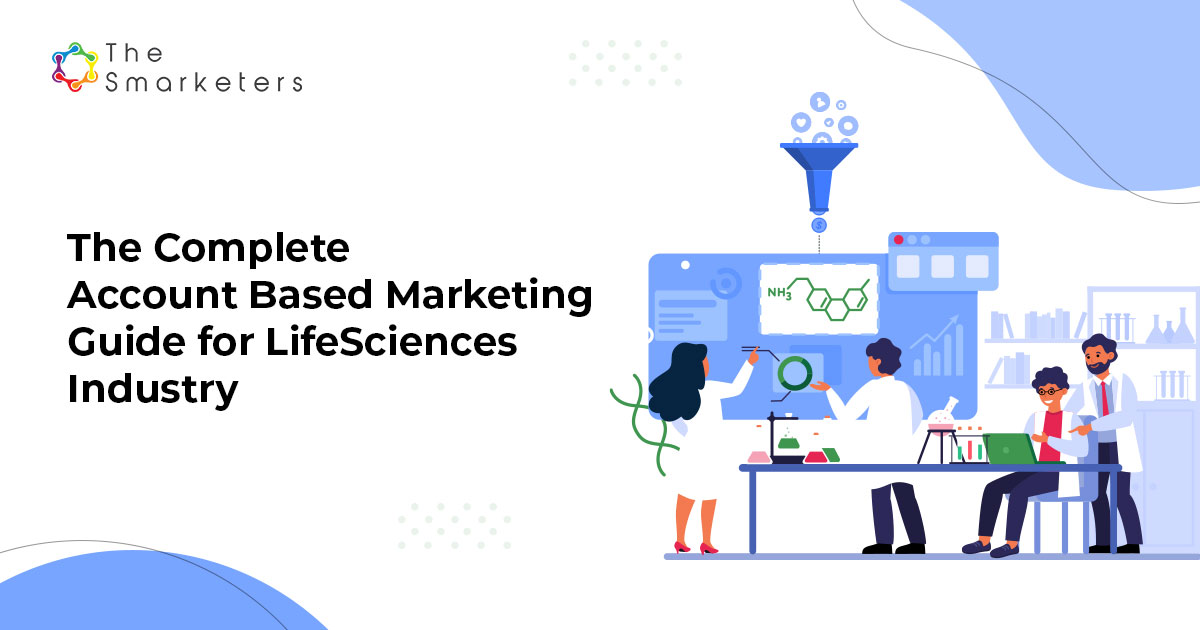Do you struggle with getting leads? Are the leads you get not relevant to your products or services? Do you find the cost of acquiring customers overwhelming?
It often feels like you’re working without a realistic plan and hoping for results. But here’s an effective solution to change your marketing game – inbound marketing!
Inbound marketing strategies use valuable and relatable content to attract and engage leads. Unlike traditional or outbound marketing, inbound marketing emphasizes tailored content for a more personalized experience.
And guess what? HubSpot’s inbound marketing is a proven way to boost your ROI!
Here are seven incredible ways HubSpot’s inbound marketing approach can amplify your ROI.
Hubspot’s Inbound Marketing in a Nutshell
Before moving on to the tips and tricks to optimize your inbound marketing with Hubspot, here’s something you need to learn first.
What is inbound marketing in HubSpot?
Instead of bothering customers with annoying cold calls or mass ads, HubSpot’s inbound marketing focuses on creating compelling content and experiences that people genuinely want to see or can resonate with.
However, each marketing strategy comprises fundamental principles forming and strengthening the foundation. So, what are the five fundamentals of inbound marketing HubSpot?
HubSpot defines five principles of inbound marketing to attract, engage, and convert leads:
Contacts: Building a solid contact database is vital for inbound marketing. These contacts are individuals who have shown interest in your products or services, giving you a focused audience for your marketing efforts. To create this database, lead generation and nurturing are employed. This involves identifying potential customers, gathering contact information, and maintaining their interest through consistent and relevant communication.
Buyer Persona: A buyer persona is like a detailed profile of your ideal customer. It includes things like demographics, buying habits, preferences, and motivations. You can tailor your marketing efforts to meet the needs of your target demographics better when you truly understand who your ideal customer is. This, in turn, makes your marketing strategy more effective and efficient.
Buyer Journey: The buyer journey entails stages a potential customer goes through before making a purchase decision. It usually starts with the awareness stage, where the buyer realizes they need something. Then comes the consideration stage, in which they evaluate different solutions. Finally, there’s the decision stage, where they pick a solution.
Understanding this journey lets marketers deliver the right content at the right time, guiding potential customers toward purchasing.
Content: Content is the heart of inbound marketing. You can use different forms of content, such as blog posts, videos, whitepapers, ebooks, and infographics. This helps establish your brand as a thought leader and build trust with your audience. Moreover, you can also assist potential customers throughout their purchasing process by consistently offering high-quality and relevant content.
Goal Setting: Setting SMART (Specific, Measurable, Attainable, Relevant, and Timely) goals is a crucial part of any inbound marketing strategy. These goals give clear direction to your marketing efforts, let you measure your progress and success, and ensure your marketing activities match your business objectives.
What Are the Stages of HubSpot’s Inbound Marketing Methodology?
HubSpot’s inbound marketing approach revolves around four key stages, each designed to captivate and engage your audience:
Attract: Picture this—a world where your target audience is drawn to you like bees to honey. This initial phase showcases valuable content and initiates meaningful conversations, positioning you as a trusted industry resource. How? With some help from effective techniques like SEO, social publishing, and engaging blog posts.
Convert: Now that you have their undivided attention, it’s time to seal the deal. We’re talking about turning those intrigued visitors into leads that can be nurtured into loyal customers. You make that happen by offering customers something irresistible in return for their contact information. Imagine the power of valuable ebooks or whitepapers that deliver insights and value like no other.
Close: The stage where the real action unfolds. It’s all about using cutting-edge marketing tools to transform those leads into bonafide customers. This is where the magic happens through personalized email campaigns, top-notch CRM systems, and meticulous closed-loop reporting. Watch as those prospects transform into loyal patrons of your brand.
Delight: You’re not just looking for customers; you want loyalty. The final stage focuses on ensuring your customers are satisfied with your offerings. A satisfied customer can become your greatest advocate, spreading the word about your brand in their network. Use tools, including surveys, innovative content, and seamless social monitoring, to keep customer satisfaction at its peak.
7 Proven Ways HubSpot’s Inbound Marketing Maximizes ROI and Drives Success
Now let us look at the seven best inbound marketing strategies & tactics for 2023 using Hubspot.
Precise Targeting: Knowing what interests your target customers is essential to creating engaging content. This means deeply understanding your market so you can respond promptly.
HubSpot’s inbound marketing strategies prioritize accuracy in targeting. It helps businesses focus their marketing efforts on individuals who are highly likely to become customers. Businesses can reduce unnecessary spending and maximize their ROI by concentrating on these potential customers. Precise targeting isn’t just about reaching more people; it’s about reaching the right people.
Content Personalization: HubSpot’s powerful analytics and reporting indicate that using the same method to create content doesn’t always do the trick.
Instead, it suggests businesses tailor their content to cater to the individual needs and interests of various buyer personas. This personalized approach helps forge stronger connections with potential customers, keeping them interested and driving more conversions.
Marketing Automation: Being efficient is crucial for a successful marketing strategy, and HubSpot’s inbound automation makes it easier.
By simplifying repetitive tasks, these tools give businesses more time to concentrate on other parts of their marketing. Moreover, marketing efforts with HubSpot’s inbound automation guarantee that leads are consistently nurtured and get timely responses, essential for guiding them through the sales process.
Lead Nurturing Workflows: HubSpot’s inbound automation empowers businesses to implement effective marketing strategies by creating automated workflows that nurture leads with timely and relevant content.
Through these well-designed workflows, leads are guided along their buyer’s journey, significantly enhancing the chances of successful conversions.
Smart Reporting: Measurement and analysis are crucial in any marketing effort. HubSpot’s powerful analytics and reporting features help businesses easily measure the effectiveness of their marketing campaigns and make data-driven improvements.
This feedback loop creates a continuous optimization process, improving results over time.
Multi-Channel Engagement: In today’s digital world, customers can be found on different platforms. Hubspot’s State of Marketing Report 2023 indicates blogs, social media shopping tools, and influencer marketing are the marketing channels that provide the highest ROI.
HubSpot takes a multi-channel approach, using email marketing, social media, SEO, and more to engage with customers. This strategy helps businesses reach potential customers where they spend the most time, which boosts visibility and engagement.
Closed-Loop Marketing: To get the best results, businesses must understand how their marketing efforts impact sales. HubSpot’s closed-loop marketing system offers this clarity by linking marketing activities directly to revenue generation.
The transparent and data-driven approach in closed-loop marketing enables businesses to allocate resources effectively, ensuring they get the most return on investment.
Wrapping Up
If you’ve ever had trouble making data-driven marketing decisions because of a lack of valuable insights, HubSpot’s inbound marketing methodology is here to help. It attracts the right leads, reduces costs, and empowers you to make informed decisions that lead to success.
However, successful inbound marketing hinges on understanding your target audience and their pain points and delivering value consistently. Hence, expert advice is recommended.
The Smarketers brings together talented experts dedicated to advancing your business with B2B marketing. We specialize in working with B2B companies across various industries, employing focused and innovative account-based marketing and inbound marketing strategies to attract and convert highly qualified leads.
Get started on your inbound marketing journey today. Get in touch!



